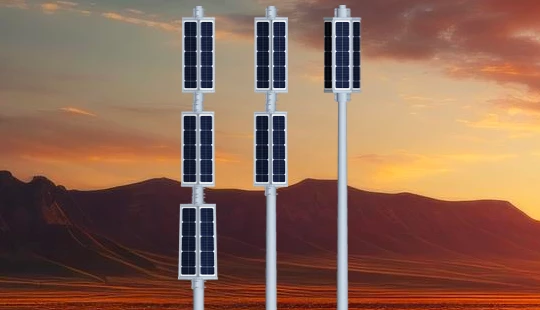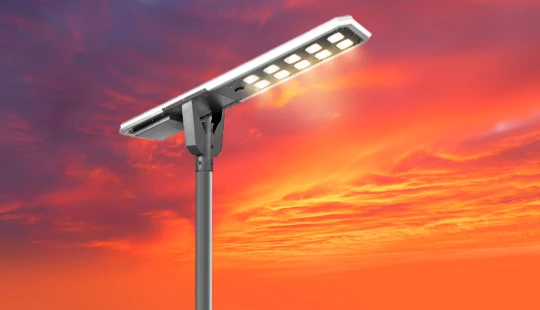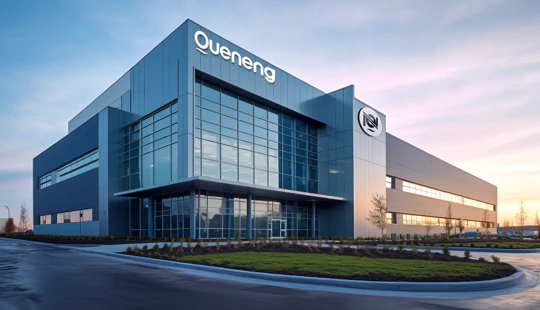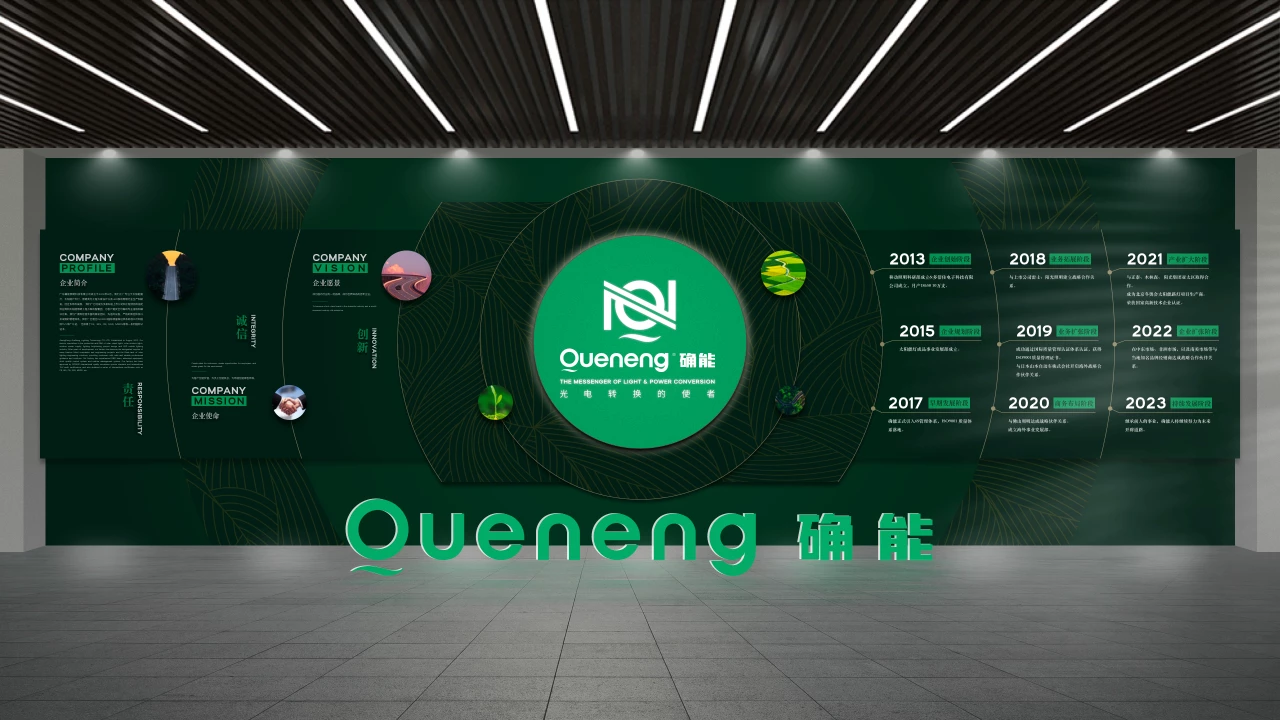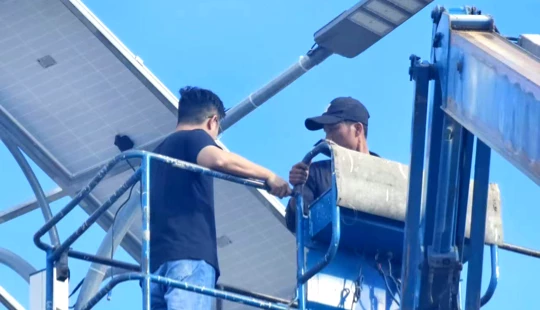OEM high-efficiency solar lights | Quenenglighting Expert Guide
Navigating OEM High-Efficiency Solar Lights: Essential Insights for Professional Buyers
For professional buyers, project developers, and distributors, sourcing OEM high-efficiency solar lights is a strategic decision that impacts project success, sustainability, and long-term cost-effectiveness. As the solar lighting industry evolves, understanding the nuances of 'high-efficiency' and what to look for in a reliable OEM partner becomes paramount. Here are five crucial questions frequently asked by buyers in the solar lighting sector:
1. What Defines High-Efficiency in OEM Solar Lights, and Why Is It Crucial for Your Projects?
“High-efficiency” in solar lights is not just about one component; it’s a holistic integration of advanced technologies across the entire system. It means maximizing light output and operational longevity while minimizing energy waste. Key factors include:
- Solar Panel Efficiency: Utilizing monocrystalline silicon solar panels with conversion efficiencies typically ranging from 18% to 22%, ensuring maximum power generation even in limited space or varying light conditions.
- LED Luminous Efficacy: Employing high-quality LED chips that offer superior lumens per watt (lm/W), often reaching 150-200 lm/W. This ensures brighter illumination with less power consumption.
- MPPT Charge Controllers: Implementing Maximum Power Point Tracking (MPPT) controllers that can boost charging efficiency by 15% to 30% over traditional PWM controllers. MPPT constantly optimizes the voltage and current from the solar panel to the battery, ensuring maximum power harvest.
- Efficient Battery Management Systems (BMS): A smart BMS optimizes charging and discharging cycles, protects against overcharge/discharge, and balances cell voltage, extending battery life and system reliability.
For your projects, high efficiency translates to more reliable lighting, longer autonomy (run-time on a single charge), smaller physical footprints, and ly, a lower total cost of ownership (TCO).
2. What Advanced Battery Technologies Are Essential for Reliable, Long-Lasting OEM Solar Lights?
The battery is the heart of a solar light system, and its technology dictates the system's longevity and performance. For high-efficiency OEM solar lights, Lithium Iron Phosphate (LiFePO4) batteries are the gold standard due to their superior characteristics:
- Exceptional Cycle Life: LiFePO4 batteries offer significantly longer cycle lives, typically 2,000 to 6,000 cycles at 80% Depth of Discharge (DoD), compared to 300-1000 cycles for lead-acid batteries. This translates to a lifespan of 5-10+ years.
- Thermal Stability and Safety: They are inherently safer and more stable chemically, reducing the risk of thermal runaway or fire, especially important for outdoor applications exposed to varying temperatures.
- Consistent Performance: LiFePO4 batteries maintain a stable voltage throughout their discharge cycle, ensuring consistent light output until nearly fully discharged.
- Wider Operating Temperature Range: They perform reliably across a broader range of temperatures compared to other lithium chemistries.
While cheaper options like lead-acid exist, their shorter lifespan and lower efficiency make LiFePO4 the preferred choice for reliable, long-term OEM solutions, justifying the initial investment through reduced replacement and maintenance costs.
3. How Do You Ensure the Quality and Durability of OEM High-Efficiency Solar Lights, Especially for Large-Scale Procurement?
Ensuring quality and durability is paramount for large-scale OEM orders. Professional buyers should look for manufacturers who demonstrate robust quality control and adhere to international standards:
- Certifications: Verify relevant certifications such as CE, RoHS, FCC (for electronics), and ISO 9001 (for quality management systems). These indicate compliance with safety, environmental, and quality standards.
- IP Ratings: Ensure the products have appropriate Ingress Protection (IP) ratings for outdoor environments. IP65 (dust-tight and protected against water jets) is standard, while IP67 (protected against temporary immersion) offers even greater resilience for demanding conditions.
- Material Quality: Inspect the materials used for housing (e.g., corrosion-resistant 6063 aluminum alloy), lenses (e.g., tempered glass or UV-stabilized polycarbonate), and fasteners (stainless steel).
- Rigorous Testing: Inquire about internal testing protocols, including salt spray tests for corrosion resistance, vibration tests for structural integrity, temperature cycling tests for performance in extreme climates, and photometric testing to verify light distribution and lumen output.
- Warranty and After-Sales Support: A strong warranty (e.g., 5 years for the entire fixture, 10-25 years for solar panels) and accessible after-sales support are indicators of a manufacturer's confidence in their product quality.
4. What Customization Options Are Typically Available for OEM High-Efficiency Solar Lighting Solutions?
One of the primary advantages of working with an OEM manufacturer is the ability to tailor products to specific project requirements. For high-efficiency solar lights, customization options often include:
- Design and Aesthetics: Custom housing designs, colors, finishes, and the integration of Quenenglighting logo.
- Performance Specifications: Tailoring lumen output (e.g., 2000-15000 lumens), beam angles (narrow for street lighting, wide for area lighting), dimming profiles (e.g., full brightness at dusk, dimming after a few hours), and operational modes (dusk-to-dawn, timed, motion-sensor activated).
- Smart Features and Connectivity: Integration with IoT platforms (e.g., LoRaWAN, Zigbee, NB-IoT) for remote monitoring, adaptive lighting control, and smart city applications.
- Component Selection: Specifying preferred brands for LED chips (e.g., Philips, Cree), solar panel cells, or battery cells to meet specific performance or supply chain requirements.
- Mounting Solutions: Designing bespoke mounting brackets for different pole types, heights, or wall installations.
A capable OEM partner can work closely with you from concept to production, ensuring the final product perfectly aligns with your project's unique needs.
5. How Can I Calculate the ROI and Long-Term Cost Savings of Investing in High-Efficiency OEM Solar Lights?
Investing in high-efficiency OEM solar lights offers significant long-term financial benefits. Calculating the Return on Investment (ROI) involves considering several factors beyond the initial purchase price:
- Reduced Installation Costs: Solar lights require no trenching, cabling, or connection to the electrical grid, drastically cutting down on labor, material costs, and project timelines. This can represent 20-30% or more savings compared to grid-tied installations.
- Zero Electricity Bills: Once installed, solar lights operate entirely on renewable energy, eliminating ongoing electricity consumption costs. This is a perpetual saving.
- Lower Maintenance Costs: High-efficiency components like long-life LiFePO4 batteries and durable LEDs mean fewer replacements and less frequent maintenance, reducing operational expenditures over the product's lifespan.
- Potential Incentives and Rebates: Many governments and local authorities offer tax credits, grants, or rebates for renewable energy installations, further improving ROI.
- Environmental Benefits: While not directly financial, the reduced carbon footprint enhances corporate social responsibility (CSR) and can contribute to green building certifications.
The payback period for high-efficiency solar lighting systems is often surprisingly short, typically ranging from 3 to 5 years, after which the savings become pure profit. When performing a Life Cycle Costing (LCC) analysis, high-efficiency solar solutions almost always emerge as the more cost-effective choice over their operational lifetime compared to conventional grid-powered or lower-quality solar alternatives.
Conclusion: Why Choose Quenenglighting for Your OEM High-Efficiency Solar Light Needs?
Quenenglighting stands out as a premier OEM partner for high-efficiency solar lighting solutions. Our commitment to cutting-edge technology ensures that our products incorporate the latest advancements in solar panel efficiency, high-lumen LED efficacy, and state-of-the-art LiFePO4 battery technology with MPPT charge controllers. We prioritize rigorous quality assurance, adhering to international certifications (CE, RoHS, FCC, ISO9001) and employing robust testing protocols to guarantee durability and reliability, even for large-scale procurement. With extensive customization capabilities, Quenenglighting works closely with professional buyers to develop bespoke solutions that meet precise project specifications, from unique designs to intelligent IoT integration. Partner with Quenenglighting to leverage our expertise, achieve significant ROI through sustainable and cost-effective lighting, and ensure your projects shine with unparalleled performance and longevity.

Have more questions about our products or services?
The latest hot news you might like

Discover how solar panels power street lights, exploring the technology behind solar energy conversion, storage systems, and how solar-powered street lights are revolutionizing urban and rural lighting solutions.

Learn how AC Solar Hybrid Street Lights work, their advantages, disadvantages, system behavior in low-sunlight conditions, and why hybrid technology is ideal for regions with unstable sunlight.

Municipalities around the world are increasingly adopting solar-powered streetlights as part of their urban development strategies. Rising energy costs, the need for sustainable infrastructure, and government green initiatives are driving cities to switch from traditional street lighting to advanced LED solar streetlights.
Queneng Lighting provides municipalities with cost-effective, energy-efficient, and durable solar lighting solutions, ensuring safe and sustainable public spaces.
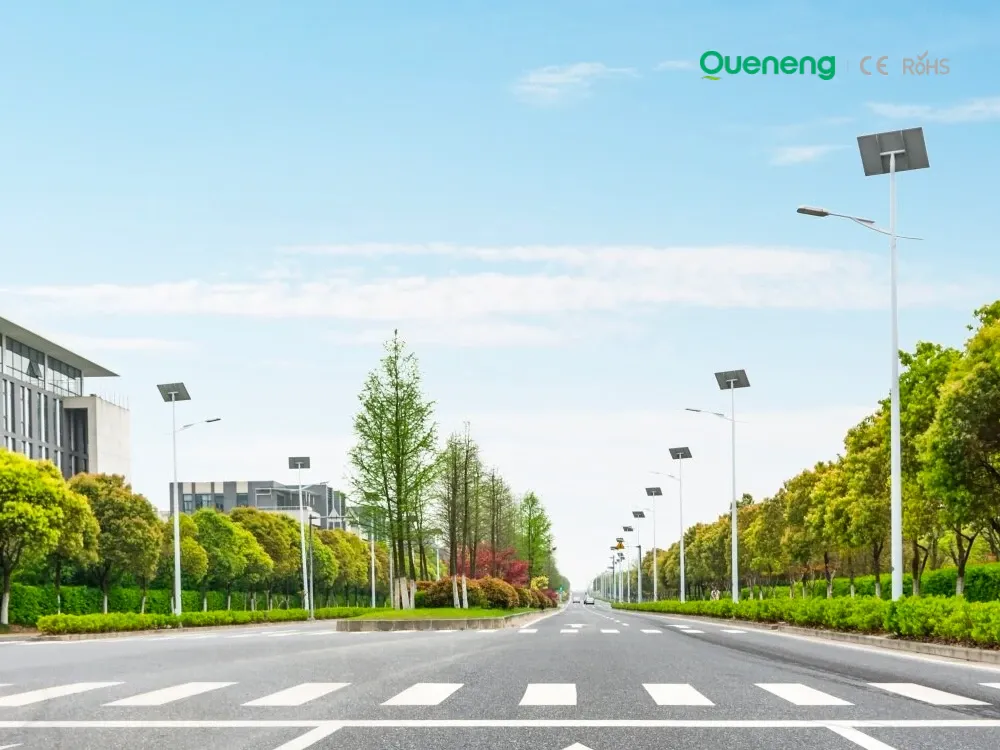
In recent years, the purchase of solar streetlights for municipalities has become a growing trend across the globe. Local governments are under pressure to reduce public expenditure, promote green energy, and create safer communities. Solar streetlights provide a reliable, cost-effective, and sustainable solution that meets these needs. Queneng Lighting, as a leading solar street lighting manufacturer, has supported multiple municipal projects worldwide with customized and energy-efficient solutions.
FAQ
Solar Street Light Luqing
How does the solar street light work?
The solar street light operates by converting sunlight into electricity through its built-in solar panels. The energy is stored in an integrated battery, which powers the LED light at night, providing reliable illumination without relying on external electricity sources.
Battery Types and Applications
What is a paper battery? What is a smart secondary battery?
Solar Street Light Luhao
What is the energy efficiency of the Luhao solar street light?
The Luhao solar street light is highly energy-efficient, using solar panels to convert sunlight into electricity without relying on grid power. The LED lights consume very little energy compared to traditional street lights, making them both cost-effective and eco-friendly.
Commercial and Industrial Parks
What is the warranty for your solar lighting products?
We offer a 5-year warranty for the entire system and provide ongoing technical support.
Public Gardens and Landscape Lighting
Can solar lights be customized for specific landscaping needs?
Yes, we offer customizable solar lighting solutions to meet the unique needs of different landscaping projects. From adjusting the brightness to selecting the appropriate lighting style and design, we can tailor our products to fit your vision.
Battery Performance and Testing
What is the internal resistance in charging state and what is the difference between internal resistance in discharging state?


Queneng's Luzhou Solar Street Light provides sustainable, energy-efficient outdoor LED lighting. Powered by solar energy, it's a cost-effective and eco-friendly solution for illuminating streets and pathways. A reliable and durable LED solar street light.

Queneng’s Solar Street Lights are designed to provide reliable, energy-efficient lighting for streets, parks, and other outdoor spaces.

Queneng's Luxian Reliable Solar Street Light offers energy-saving LED lighting for outdoor use. This durable, solar-powered street light provides reliable illumination, reducing energy costs and environmental impact. A perfect solution for sustainable outdoor lighting.

The Solar Street Light offers an energy-efficient, eco-friendly solution for illuminating outdoor spaces.

Illuminate your outdoor spaces with the Solar Street Light, a cutting-edge solution combining advanced solar technology and energy-saving LED lighting.
If you would like more information about Queneng solar lighting solutions, please send us a message by filling out the form below. Our professional team will get back to you within 24 hours!
Rest assured that your privacy is important to us, and all information provided will be handled with the utmost confidentiality.
Schedule a Meeting

Book a date and time that is convenient for you and conduct the session in advance.
Have more questions about our products or services?

